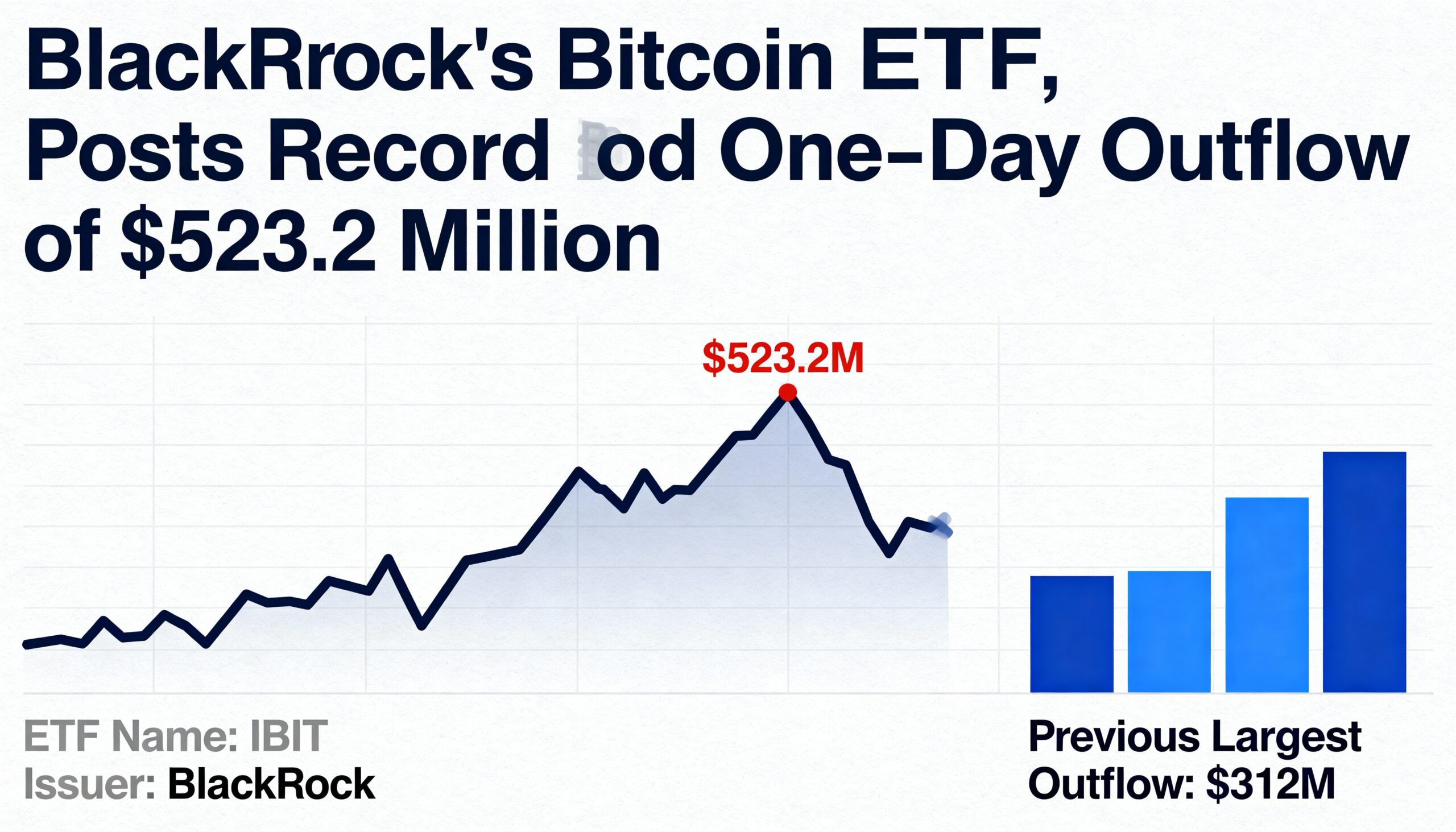As the year-end approaches, a major options expiry event is expected to inject substantial volatility into a market that is heavily skewed toward bullish bets, according to Deribit. With a high level of leverage already present, this expiry could set the stage for significant market movements.
Options are financial derivatives that give traders the right, but not the obligation, to buy or sell an underlying asset at a predetermined price on or before the expiration date. A call option allows the buyer to purchase the asset, while a put option provides the right to sell it.
On Friday at 8:00 UTC, 146,000 Bitcoin options contracts, with a total notional value of $14 billion, will expire on the Deribit platform. These contracts represent one Bitcoin each, and this event accounts for 44% of the total open interest across Bitcoin options with various expiration dates. This marks the largest options expiry ever on Deribit. In addition to Bitcoin options, Ethereum options worth $3.84 billion will also expire. Since the Federal Reserve’s recent meeting, Ethereum has fallen nearly 12%, now trading at $3,400. Deribit controls over 80% of the global crypto options market.
Profitability from In-the-Money Expirations
As of now, it is expected that approximately $4 billion worth of Bitcoin options, representing 28% of the total open interest of $14 billion, will expire “in-the-money” (ITM), meaning that buyers will earn a profit from these positions. These positions might be closed out or rolled over into future expiration dates, which could further amplify market volatility.
Simranjeet Singh, portfolio manager at GSR, anticipates that a large portion of the open interest in both Bitcoin and Ethereum options will roll over into expiration dates later in January and March, which are considered key liquidity points for traders entering the new year.
The current put-call open interest ratio stands at 0.69, meaning that for every 10 calls, seven puts are outstanding. This higher demand for call options suggests that traders are predominantly positioned for further upward movement in the market.
However, Bitcoin’s recent bullish momentum has stalled after the Federal Reserve’s announcement last Wednesday, in which Chairman Jerome Powell ruled out potential Fed purchases of Bitcoin and suggested fewer rate cuts in 2025. Since that announcement, Bitcoin has fallen more than 10%, now hovering around $95,000, according to CoinDesk indices.
This slowdown in momentum puts traders who have leveraged long positions at risk of larger losses. If these traders decide to exit their positions, it could trigger increased volatility in the market.
Risk of Sharp Declines
Deribit’s CEO, Luuk Strijers, noted that the market remains highly leveraged to the upside, even as the bullish momentum has faded. This could create the risk of a rapid downturn if the market moves sharply in the opposite direction. “All eyes are on this expiry, as it may influence market trends heading into the new year,” Strijers explained.
Uncertain Market Direction
As the record options expiry nears, there is a clear lack of consensus in the market about the next major price move. “While this annual expiry is expected to cap off a strong year for bulls, directional uncertainty remains due to the volatility-of-volatility (vol-of-vol),” Strijers said.
Volatility-of-volatility measures fluctuations in the volatility of an asset, which shows how much its price volatility itself changes over time. A high vol-of-vol indicates that the asset’s price is highly sensitive to external factors, leading to rapid changes in sentiment and price movements.
Ethereum Faces More Bearish Sentiment
Options pricing data suggests a more bearish outlook for Ethereum compared to Bitcoin. Andrew Melville, research analyst at Block Scholes, observed that while Bitcoin’s implied volatility remains stable, the implied volatility for Ethereum calls has dropped significantly, signaling waning demand for bullish bets on ETH.
This bearish sentiment is further reflected in the options skew, which compares the relative demand for calls versus puts. Ethereum’s put-call skew ratio is more heavily tilted toward puts, with a 2.06% preference for puts, compared to Bitcoin’s more neutral 1.64%. This indicates a more cautious outlook for Ethereum’s price movement.
As the year wraps up, the positioning in the options market suggests that sentiment for Ethereum is more bearish than for Bitcoin. With a more muted outlook for ETH, investors are likely to be watching closely for any signs of a shift in sentiment going into the new year.





